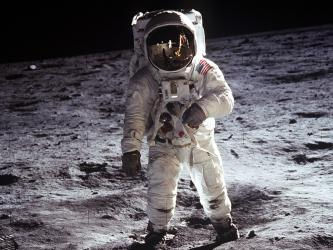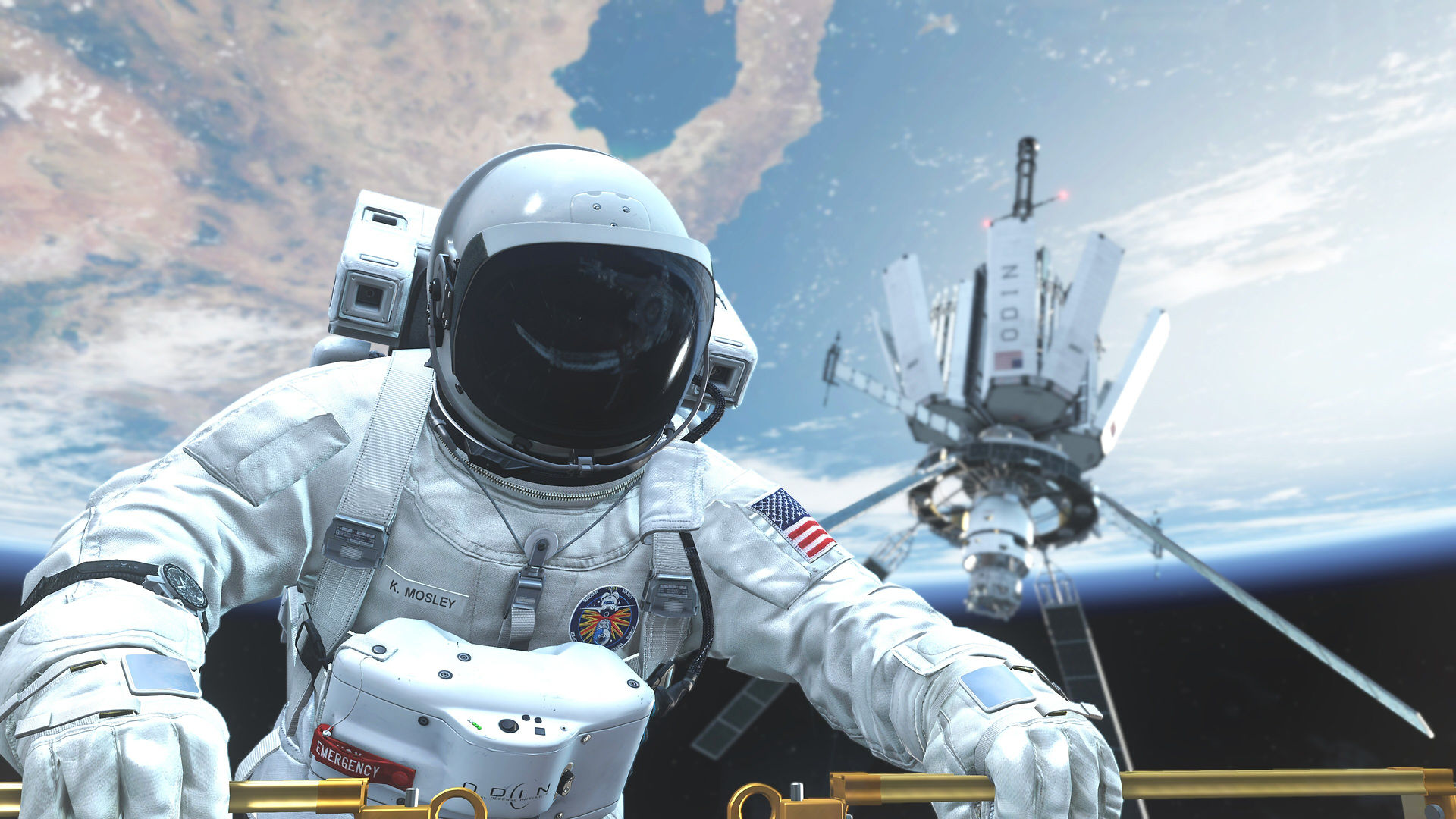Space agencies around the world
- writtencomm2

- 27 nov 2015
- 5 Min. de lectura
While it is true that most people know NASA, and there is probably no need to know other space agencies to be up to date with space exploration news, some other space agencies that may not be as important as NASA is, have contributed in some way, to answer questions about the life out of earth, what the universe looks like or just to send satellites and make our lives easier. In alignment with the previous lines, here are some agencies with the highest levels of participation in space projects.
Roscosmos: Russia’s Space Agency
The agency was formed in 1992, but Russia’s involvement in space comes from before. In the 1950s and 1960s, the country reached several world firsts: the first human in space (Vostok Programme), the world’s first satellite (Sputnik 1), the first satellites to reach near the moon, impact on moon and take pictures of moon surface (Luna Project) or the first artificial satellite to send any living thing in space (Sputnik 2).
After the breakup of the Soviet Union, Roscosmos came to be in a different area and the agency gave all its resources to the International Space Station (ISS). According to that, Russia provides the only platform to transport humans to the space station right now: Soyuz spacecraft, which has contributed to send numerous cosmonauts to the station. Many space crews have at least one Russian on board.
Finally, it is necessary to mention that Roscosmos is a major provider of launching satellites and that Russia is now carrying out a major Mars mission called ExoMars, which is searching for signs of life on Mars and it is expected to be launched in 2016 and 2018. Such a project has been carried out with the support of the European Space Agency.

Image taken from: https://commons.wikimedia.org/wiki/File:Roscosmos_logo_en.svg
European Space Agency (ESA)
The European Space Agency has the third largest budget for space exploration. ESA was founded in 1975 and its headquarters is located in Paris. It is made up of of 20 countries: Austria, Belgium, Czech Republic, Denmark, Finland, France, Germany, Greece, Ireland, Italy, Luxembourg, Netherlands, Norway, Poland, Portugal, Romania, Spain, Sweden, Switzerland, United Kingdom and Canada. ESA may not have the level of importance that Roscosmos and NASA have, nevertheless, the agency has participated with the International Space Program in human space flight and it is responsible for unmanned launches to the moon, contributing significantly to science and telecommunications projects.

Taken from: https://en.wikipedia.org/wiki/European_Space_Operations_Centre
JAXA (Japan Aerospace Exploration Agency)
The Japan Aerospace Exploration Agency was formed after the merger of three space organizations (ISAS, NAL and NASDA) into one in 2003. JAXA is responsible for research, technology development and the launch of satellites into orbit. As it can be seen, the agency is still very young, but most of the contributions made by Japan to space exploration were performed at the mentioned three agencies.
To start, in 1970 Japan launched its first satellite called Ōsumi and in 1992 Mamoru Mohri was the first Japanese sent into space. Mohri was sent aboard of the NASA’s youngest space shuttle Endeavour, which included a scientific module that included numerous Japanese experiments. In 1996, Koichi Wakata became the first Japanese astronaut to operate robotics in space, and one year later Tako Doi conducted the first Japanese spacewalk.
In terms of robotic missions, one of Japan’s most famous robotic missions was Hayabusa. Hayabusa was launched in 2003 and returned to earth safely in 2010. Its main objective was to visit the asteroid Itokawa and collect samples to be returned to Earth. Hayabusa arrived at the asteroid in 2005 and it deployed a lander called MINERVA that was supposed to collect the mentioned samples; nonetheless, MINERVA never did it. In 2007, Japan launched a mission named Kayuga to explore the moon. The main aim of the mission was to learn about the moon’s environment, its origins and its geologic evolution.
More recently, on December 2014, JAXA launched Hayabusa 2. The main purpose of this mission is, as in Hayabusa 1, to take samples of an asteroid and return them to Earth. Hayabusa 2 is travelling at a speed of 27 kilometers per second, and it is expected to arrive at the asteroid 1999 JU3 in 2018 and to return in 2020. Other contributions of JAXA are missions in X-ray, Earth observation and several technology tests in space.

Image taken from: http://www.spaceanswers.com/space-exploration/the-story-of-hayabusa-why-asteroid-mining-is-so-last-decade/
ISRO (Indian Space Research Organization)
The Indian Space Research Organization was established in 1969 and during its history, it has had significant contributions to space exploration which have included launching vehicles not only for its own benefits, but also to help other countries. The Indian investigation has led the agency to achieve some world firsts: in 2008, by means of the Chandrayan-1, India was the first nation to find traces of water on moon; 5 years later, in 2013, India sent its first Mars probe launches to the red planet, a $73.5 million mission, being the first space research organization to place its satellite in mars orbit in first attempt. Although it is true that India may not be a recognized around the world for its space exploration projects, its achievments have moved ISRO one step ahead in world’s Space Research Organizations or Space Agencies and have helped a lot to understand about the big place where we live in.

Taken from: http://www.yaplakal.com/forum3/topic698440.html
NASA (National Aeronautics and Space Administration)
And of course, whenever we talk about space agencies around the world, NASA has to be mentioned. The space agency of the United States of America was established on October 1, 1958 in response to the Soviet Union's launch of the Sputnik 1 the previous year. The agency has developed the most important role in terms of space exploration; during 1959 and 1963 NASA developed the Project Mercury designed to send man to space; during 1961 and 1972, the American agency worked in the Project Apollo, and on July 20, 1969, NASA reached the mission’s objective, changing the world forever: Neil Armstrong and Buzz Aldrin were the first men in arrive at moon.

Image taken from: http://mariacmc1b.blogspot.com.co/
In 1973, NASA built the first space station by the USA which spent six years orbiting earth and hosted three crews for several months each. The main objective of this program was to study the feasibility of long duration space missions and with that objective, the station included a microgravity lab, a medical lab, an Earth-observing facility and others technologies such as special showers, sleeping bags or kitchen facilities designed to function in microgravity. Finally, in 1979, due to the intense warming of the station, it fell in Australia.
Continuing with some of the principal achievements of NASA, in 1975, the construction of the Hubble Space Telescope began and 15 years later it was launched. The objective of the telescope was to offer the first clear views of the universe beyond our galaxy. The Hubble Space Telescope let the astronomers watch the expansion of the universe and proved the theory that the universe is in a state of continuous expansion. On July 1997, Pathfinder was the first spacecraft on Mars that landed without orbiting the red planet. The Mars Pathfinder returned more than 17,000 photos of the red planet and it showed us that Mars exploration is possible. The mission was a success.
Finally, in this little group of NASA’s achievements, we need to talk about one of the most recent achievements of NASA: the New Horizons. New Horizons is a spacecraft destined to explore Pluto and its moons. The spacecraft was launched in 2006 and it reached Pluto in July 2015. In its passage, New Horizons used the gravitational assistance of Jupiter to increase its speed and reach Pluto. The main objective of the mission is to study the dwarf planet and to figure out the origins of Pluto and its companion Charon.

Image taken from: http://i2.wp.com/hipertextual.com/files/2015/07/nh-pluto-charon-natural-color.jpg?resize=610,263












Comments